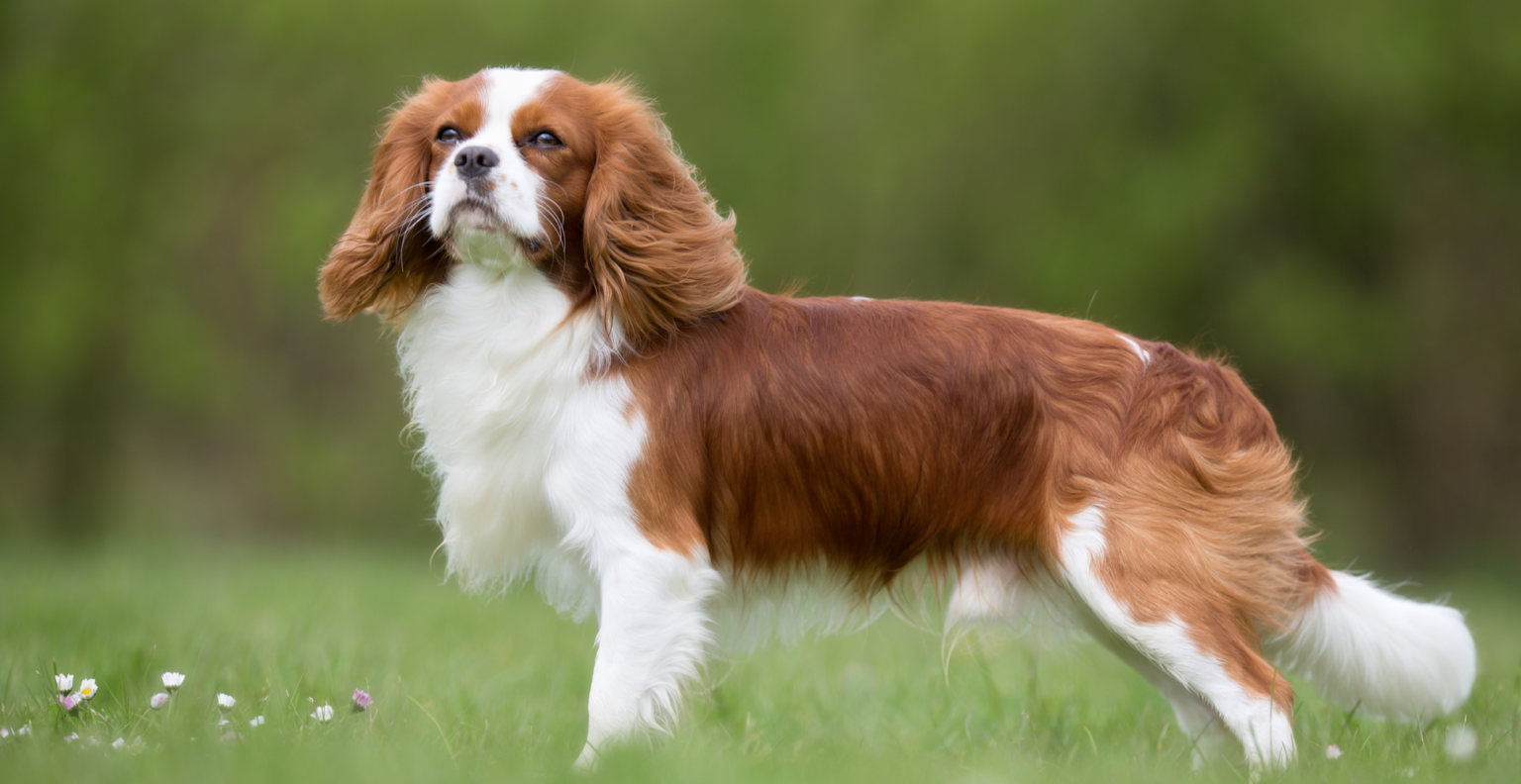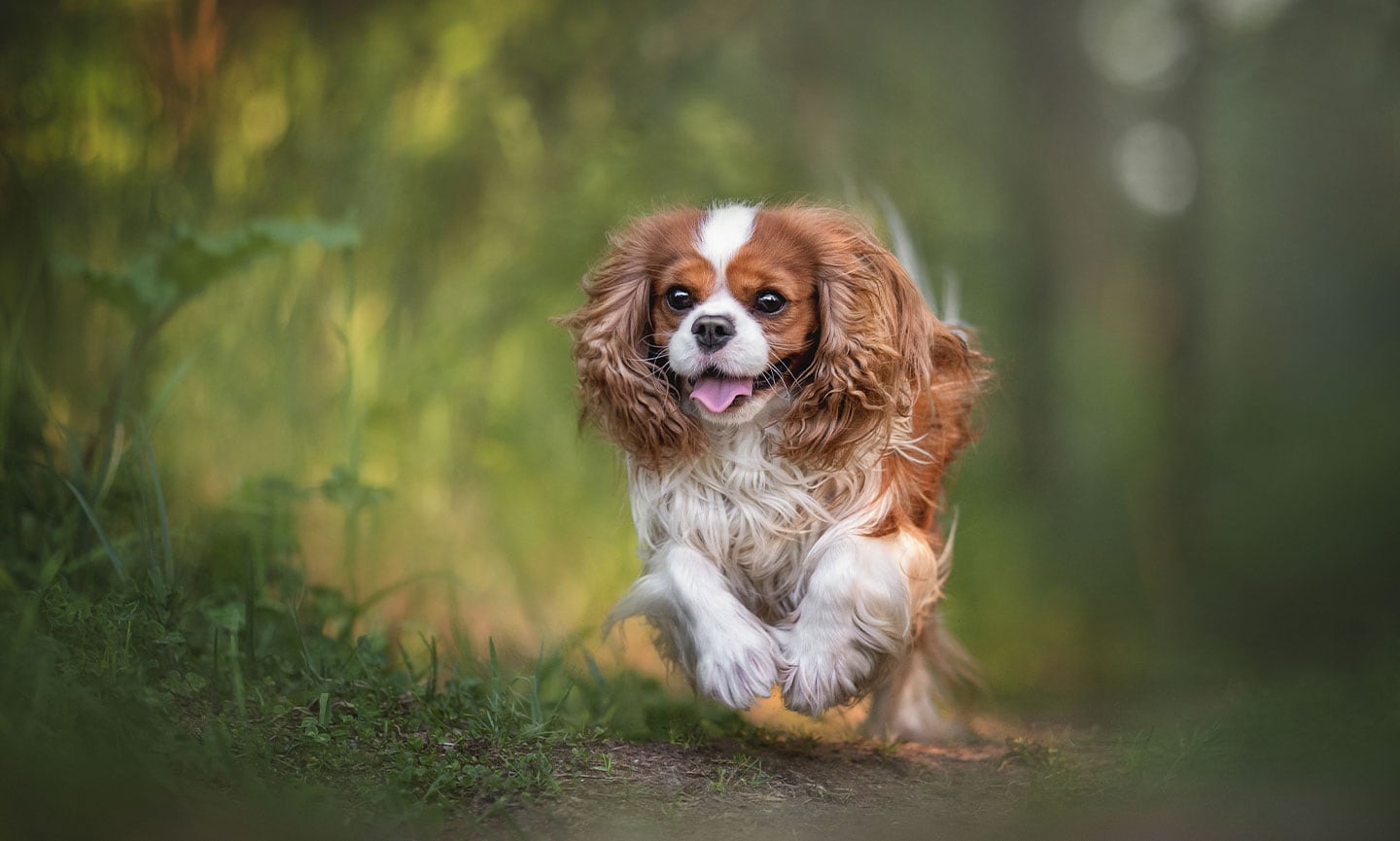
'Other' means you consider your puppy to be a colour not currently known within the breed and one that does not appear on either the breed standard or non-breed standard list. Read the breed standardīreed standard colour means that the colour is accepted within the breed standard and is a traditional and well-known colour in this breed.īreed standard colours in this breed include: However, in recent years, the King Charles has seen a remarkable revival with breeders working successfully to improve soundness of movement and a more outgoing temperament within the breed. This lead to their separation, and eventually in 1945 The Kennel Club recognised the King Charles and the Cavalier King Charles as two separate breeds, with the smaller variety, with the domed skull and shorter face, retaining the name which had been bestowed on the toy spaniels by King Edward VII.įrom the 1960s the Cavalier became increasing popular and this lead to a decline in the numbers of King Charles. In 1926 a group of breeders preferring the ‘old type’ with the flatter skull and the longer tapered muzzle started to break away in a bid to maintain their preferred type. In the early 20th Century, when short-faced Toy breeds were becoming increasingly popular, these features were selectively bred for by some breeders and until World War I this type was more successful in the show ring. Today the King Charles with its domed skull, shorter muzzle and slightly smaller stature is easily distinguished as a separate breed from its cousin the Cavalier, but until 1945 they were shown together as one breed. The Kennel Club planned to name the breed the Toy Spaniel but King Edward VII was keen to have the royal connection maintained so the King Charles Spaniel was adopted as the title for the breed. With the advent of the early dog shows, a Toy Spaniel club was formed and with this came the first Breed Standard. If there are no Cavalier King Charles spaniels suitable for your family, you can sign up for email alerts to let you know when we have a new arrival.The two ‘Royal Spaniels’ – the King Charles and the Cavalier – share a common history in the miniaturisation of sporting spaniels (see Cavalier King Charles Spaniel). When searching for dogs in our care, you can choose to filter by breed and age. Instead of buying a puppy, why not take a look at the Cavalier King Charles spaniels in our care? Before going to a new home, all our dogs are: Adopt a Cavalier King Charles Spaniel from us Learn the puppy's health history and use the Puppy Contractįind out more about buying a puppy.

KING SPANEL HOW TO
Learn how to spot a healthy, happy puppy with our visual guide.There are things you can do to protect you and your family from the heartbreak of buying a sick puppy from a bad breeder. Because of this, many Cavalier King Charles spaniel puppies now suffer with inherited diseases, in some cases with heart-breaking problems.

This is often with little or no regard for the health and welfare issues this could cause. Their popularity has led to puppies being selectively bred to look a certain way. It's important to be aware of the serious inherited diseases linked with them. Buying a Cavalier King Charles Spaniel puppy The nature of a Cavalier King Charles spaniel has as much to do with its upbringing as its parentage. Some even believe that Cavalier King Charles spaniels have taken on some regal qualities themselves. Throughout history, the breed has been loved for their close association with royalty and wealth. Cavalier King Charles spaniels, and the related King Charles spaniels, are a popular choice for dog lovers in the UK.


 0 kommentar(er)
0 kommentar(er)
